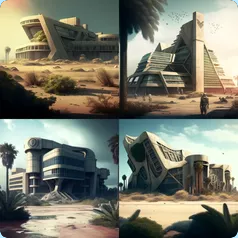Right after I post this, I will open Canvas to read my students’ writing.
I have some catching up to do. My onsite ENGL 100 students are posting Reading Journal responses this morning before we meet in class at 11am. Some of these will be minimal–75-word entries of ideas, quotes, and responses–and some of these will be lengthy. Some of them will also be missing. This group of students seems to be getting tired and many seem stressed lately. At one point, I thought we had some momentum, but since then, each week has felt like a restart. I know that a couple are experiencing some real challenges right now. They’ve told me. As a whole, the current paper we’re writing is proving to be a heavy lift, even though I had hoped it would feel more like a creative, edifying process.
So, when I open Canvas to read, I will skim many and closely read a few, so my opening remarks in class today can feature a couple direct ideas and phrases from certain students’ writings, and in this way, I might offer those particular students an emotional boost or perhaps a reason to jump into our discussion.
I know we all are experiencing similar realities in our classes. When we open Canvas to read our students’ writing, we’re thinking about them and what they are going through. As MiraCosta Faculty, we’re also thinking about what it means to be an HSI right now. As Letters department members, we’re thinking about Learning Outcomes, HyFlex, and what the spring semester might look like for our program and our teaching loads. As community members, care givers, and news-readers, we also have our own whole worlds to think about.
So, you and I as teachers–when we open Canvas to read our students writing–we are bringing a lot into the spaces where writing happens, and practicing somehow a method to temporarily put on hold our worlds or simply concurrently thinking about our worlds to create space for thinking about our students at this midsemester moment: how to support them, their whole selves; how to support their growth, their reading and writing selves; and how to support their writing, the shapes and structures of their expressed selves.
I’m taking a moment to pause and mull all of this over. If you agree, I invite you to a space for writing we might do together as a kind of contemplative practice, a space where we can use writing to think. This is an HSE/Peter Adams activity I picked up at the HSE conference several years ago. Remember that? The activity asks: start with an 8-word sentence and then build up to an 80-word sentence. Maybe the process for writing this sentence will facilitate a mindfulness of the moments we’re experiencing right now. Maybe the process of crafting this sentence will lead you to insights about a particular class or a particular assignment or a particular student’s experience. Maybe the creative process of crafting your sentence will be a welcome distraction from reading your students’ writing 🙂
Either way, here is a space for us to work with language to process this teacherly moment, right now (or whenever):
This is a [Padlet] Where Writing Can Happen
And here’s another space for us to collaborate in real-time tomorrow:
This is a [space] Where Writing Happens
A Letters Community of Practice Workshop, facilitated by WritingwithMachines
Thursday, October 13th, 2:30-3:30pm in the Zooms
Attendees will be remunerated; participation in asynch activities eligible for remuneration or FLEX (up to 1.5 hours)
More info, coming soon,


